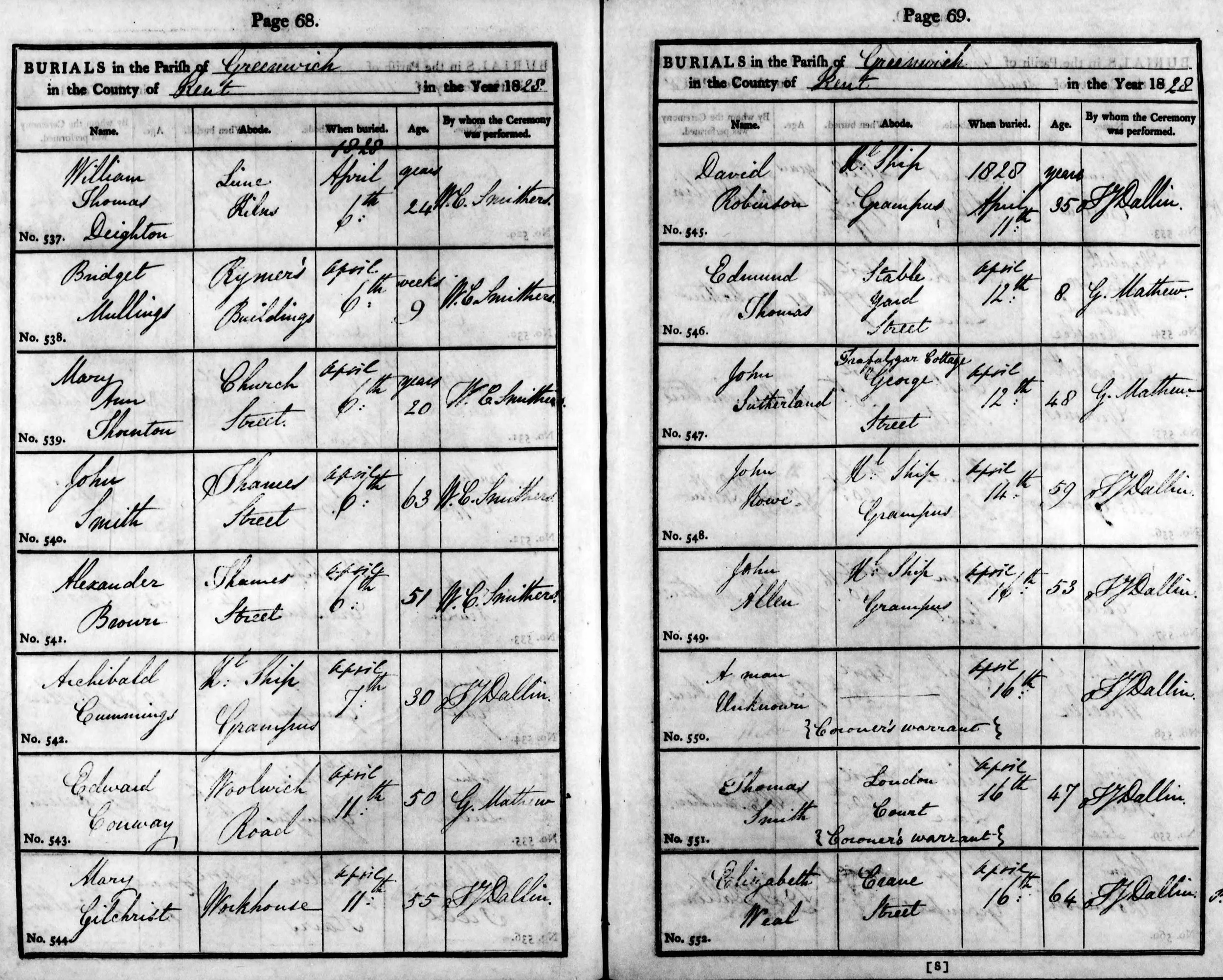A Maritime Legacy: The Story of Trafalgar Cottage
Nestled on the cobbled street of Georgette Place in the Royal Borough of Greenwich stands Trafalgar Cottage, a testament to Britain’s naval heritage and Georgian architectural excellence. With its perfectly symmetrical round-arched multi-pane sash windows, stuccoed impost blocks, and low-pitched hipped slate roof, this late-Georgian gem tells a story that intertwines with one of Britain’s greatest naval victories.
Named to commemorate the Battle of Trafalgar of 1805, the cottage’s history is deeply connected to Greenwich’s maritime legacy. When Admiral Lord Horatio Nelson’s body arrived at the Royal Hospital for Seamen (now the Old Royal Naval College) on Christmas Eve 1805, Greenwich’s role in naval history was forever sealed. The connection grew stronger as surviving Trafalgar veterans, honored with the Navy General Service Medal in 1847, spent their final years as Greenwich Pensioners at the Royal Hospital.
The cottage’s first documented resident was Lieutenant John Sutherland of the Royal Navy, who may have built the property himself as a tribute to the navy’s triumph at Trafalgar. After marrying Mary Sutton in Tenterden, Kent, in October 1820, Sutherland made the cottage his home until his untimely death in 1828 at age 48. His will reveals the property’s original address as George Place, George Street, a name that would evolve with the neighborhood’s changing identity.
Burial Register of John Sutherland, 1828 (The London Archives)
Between 1828 and 1830, the cottage briefly housed Otto Patch, a Whitehall Council Office clerk, before welcoming the Groves family in 1871. Joseph Tatton Groves, a 57-year-old pilot, shared the home with his wife Sophia and their daughters Julia and Mary. After the Groves family departed for Mile End in 1877, the cottage entered a new phase, being divided into two households by 1881.
Greenwich and Deptford Observer - Saturday 17 December 1881 (British Newspaper Archive)
Census Returns of England and Wales, 1891 (The National Archives)
The Watson family occupied one portion: Ebenezer, a 29-year-old engine fitter, his wife Louisa, and their infant son Arthur. The other half became home to the Coombs family: George, a 21-year-old engineer fitter, and his young wife Emily. By 1891, the property, then known as Trafalgar Lodge, housed architect Josiah Webber, his wife Fanny, and their son Stuart, an architect’s pupil.
October 1895 marked a significant change when George Place was renamed Georgette Place. The early 1900s brought James Baker, a train guard for the London Chatham and Dover Railway, and his wife Ellen. By 1918, the Holmes family had made the cottage their home, with Henry Holmes, a mechanical engineering fitter, his wife Lilian, and their four children creating new memories within its historic walls.
The 1930s ushered in the Jeans family era. Ernest, a dairyman, and Alice Jeans raised their children Glynn, Henrietta, and Kathleen here. Their daughter Kathleen later shared the home with her husband Stanley Ripley, an incorporated accountant. The Jeans’ connection to Trafalgar Cottage lasted until Glynn’s passing in 1970.
Electoral Register, 1933 (Ancestry)
A challenging chapter began in the 1980s when the Inner London Education Authority acquired the property. By 1989, the cottage had fallen into disrepair, appearing in The Daily Telegraph as an opportunity for “pioneering spirits for whom dry rot and wet rot hold no fear.” Following its sale, an extensive renovation restored the property to its former Georgian splendor, including the careful reinstatement of its side elevations.
Today, Trafalgar Cottage stands proud, not just as a beautifully preserved piece of Georgian architecture, but as a living chronicle of Greenwich’s maritime heritage. From naval officers to railway workers, architects to dairymen, each resident has added their own chapter to this remarkable home’s story, while its very name continues to honor one of Britain’s most significant naval victories.
The Daily Telegraph - Wednesday, February 22, 1989 (Newspaper.com)





